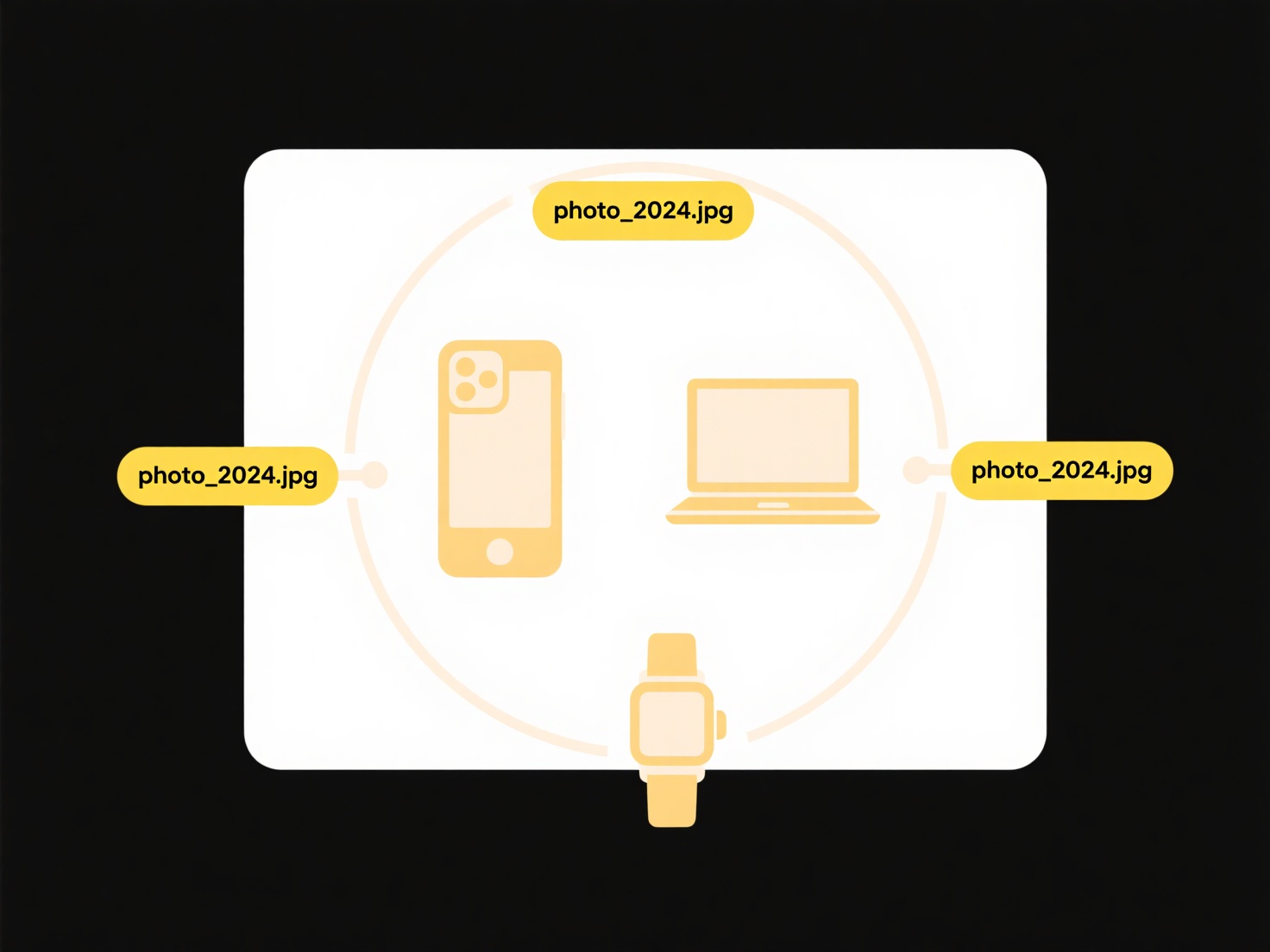
Syncing search across devices means your search history and preferences automatically save to your cloud account and appear consistently on all your logged-in devices, like phones, tablets, and computers. Instead of searches only existing locally on one device, syncing links your activity through an online profile. Any search you perform while signed in will be accessible and influence results on your other synced devices.

Common examples include signing into a web browser like Chrome, Firefox, or Edge with a Google or Microsoft account. Searching on your phone's Chrome browser will then show that history when you use Chrome on your laptop. Enterprise platforms like Microsoft 365 also sync search context; documents searched for on a work desktop can be quickly found later via the Search bar on a linked work tablet.
The primary advantage is immense convenience and personalization, surfacing relevant results faster everywhere. A major limitation is privacy: syncing stores your search data on company servers. Users must manage their privacy settings carefully to control what data is saved and shared. Looking ahead, balancing personalized syncing with enhanced user privacy controls remains a key challenge and focus for developers.
How do I sync search across devices?
Syncing search across devices means your search history and preferences automatically save to your cloud account and appear consistently on all your logged-in devices, like phones, tablets, and computers. Instead of searches only existing locally on one device, syncing links your activity through an online profile. Any search you perform while signed in will be accessible and influence results on your other synced devices.

Common examples include signing into a web browser like Chrome, Firefox, or Edge with a Google or Microsoft account. Searching on your phone's Chrome browser will then show that history when you use Chrome on your laptop. Enterprise platforms like Microsoft 365 also sync search context; documents searched for on a work desktop can be quickly found later via the Search bar on a linked work tablet.
The primary advantage is immense convenience and personalization, surfacing relevant results faster everywhere. A major limitation is privacy: syncing stores your search data on company servers. Users must manage their privacy settings carefully to control what data is saved and shared. Looking ahead, balancing personalized syncing with enhanced user privacy controls remains a key challenge and focus for developers.
Related Recommendations
Quick Article Links
Can I search for files opened by a specific app?
Searching for files currently opened by a specific app typically isn't a direct feature built into most operating system...
Why does my file keep reopening every time I restart the app?
Files reopening upon restart typically stems from an auto-recovery or session restore feature. This functionality automa...
Why does my saved file have the wrong format?
File format issues occur when an application saves a document using a different encoding, extension, or structure than y...